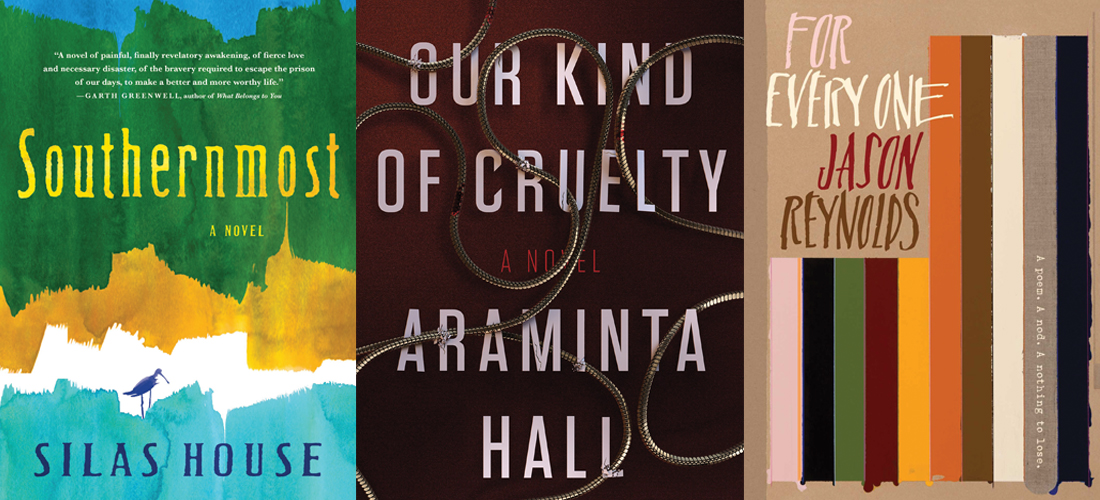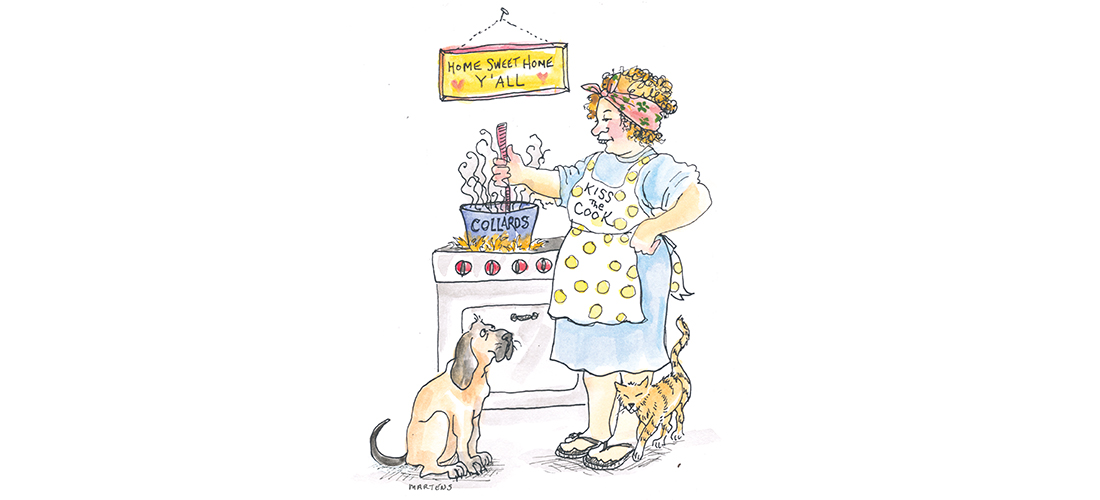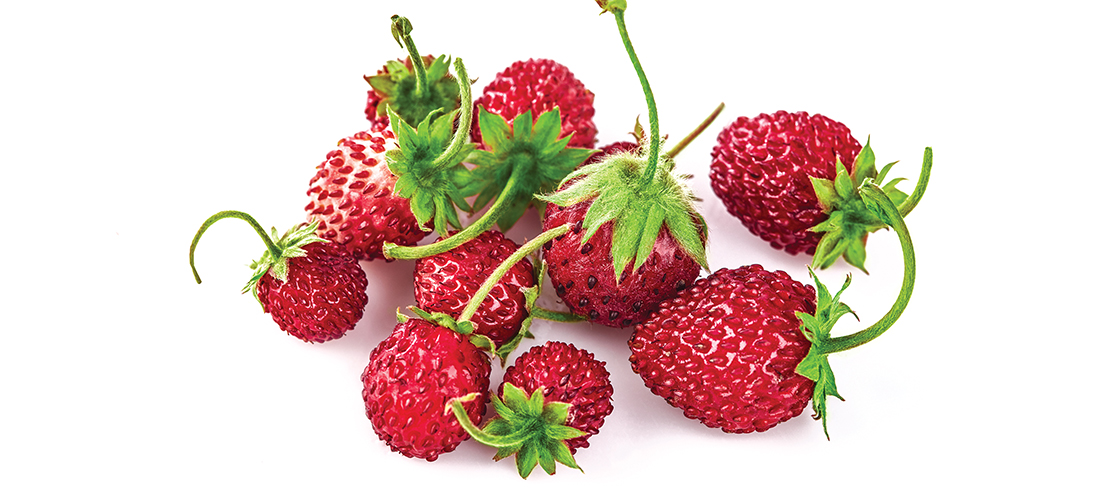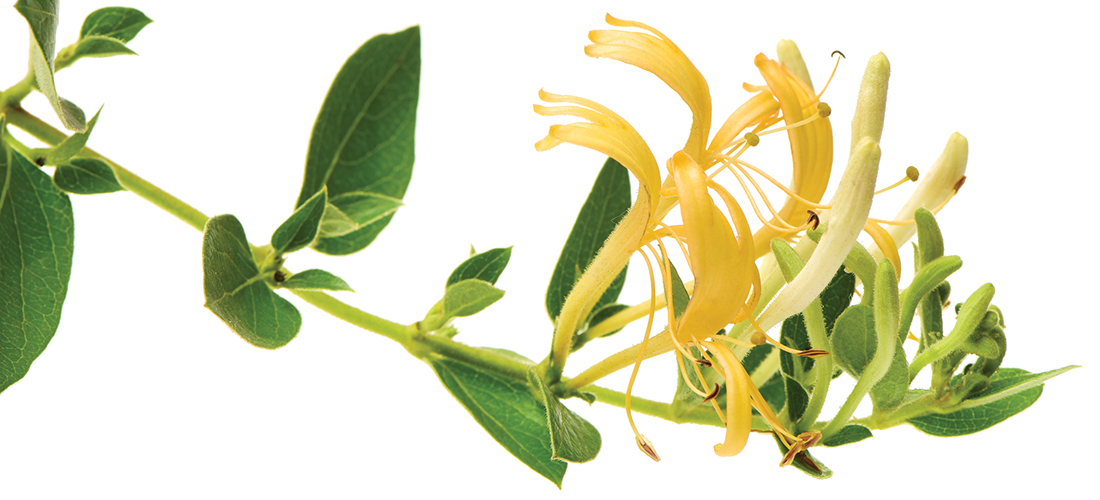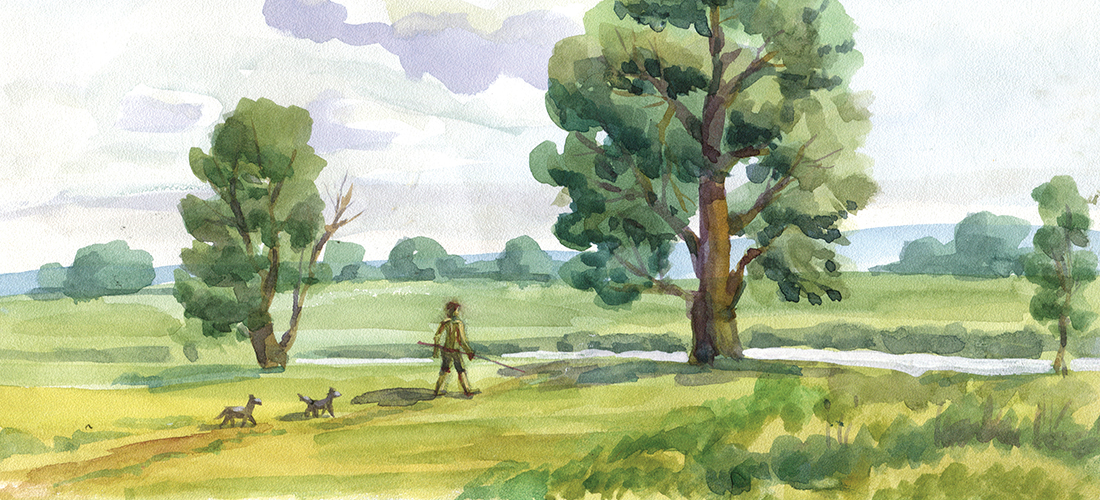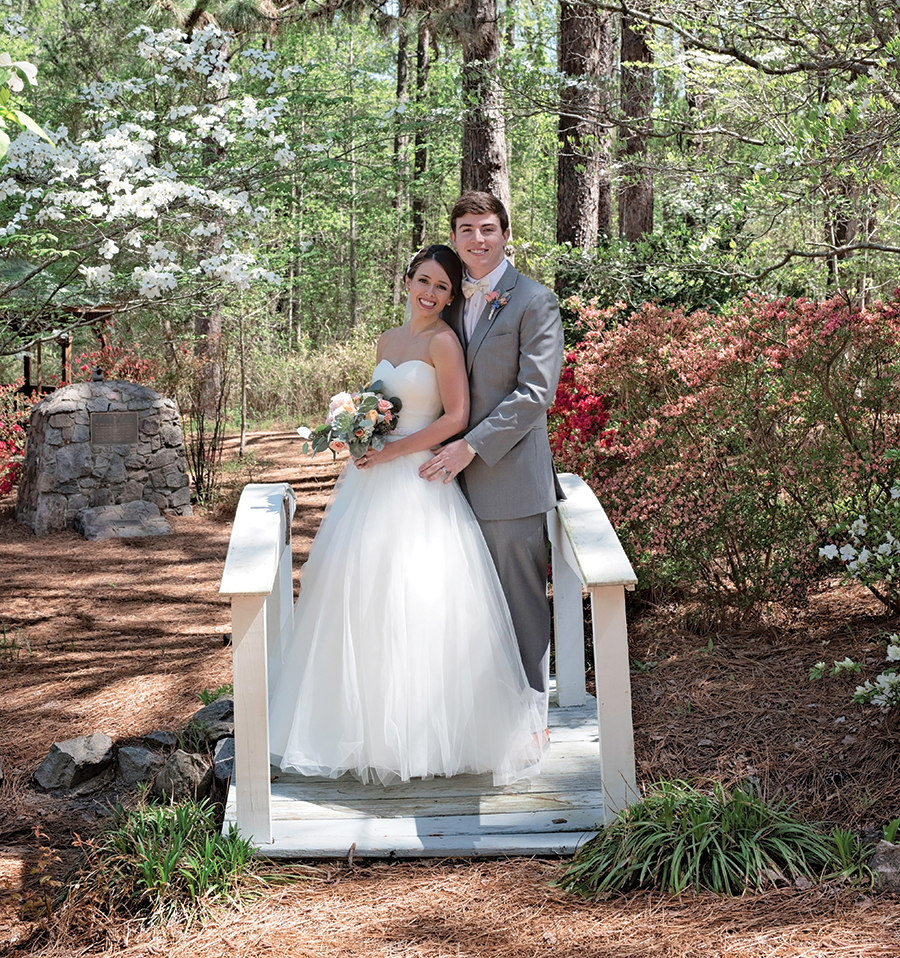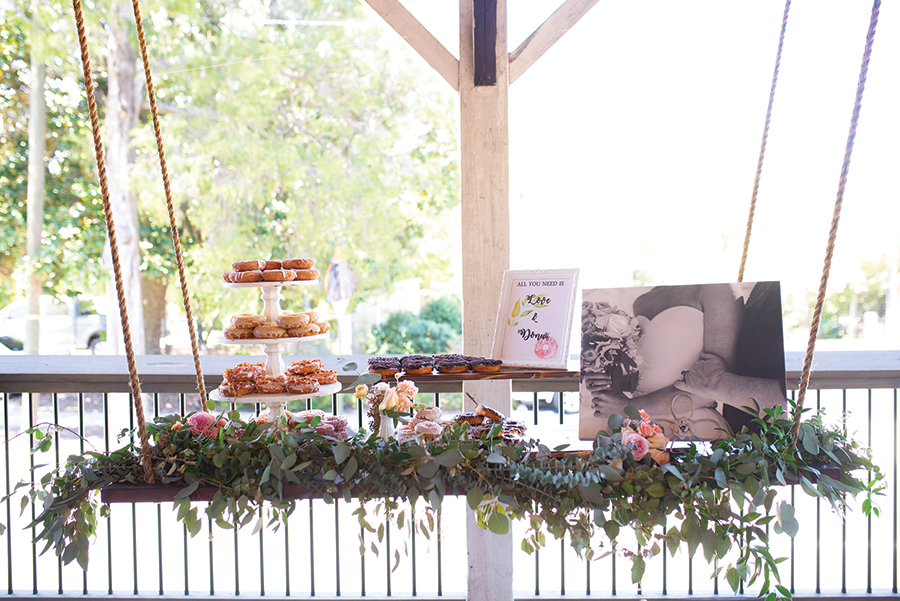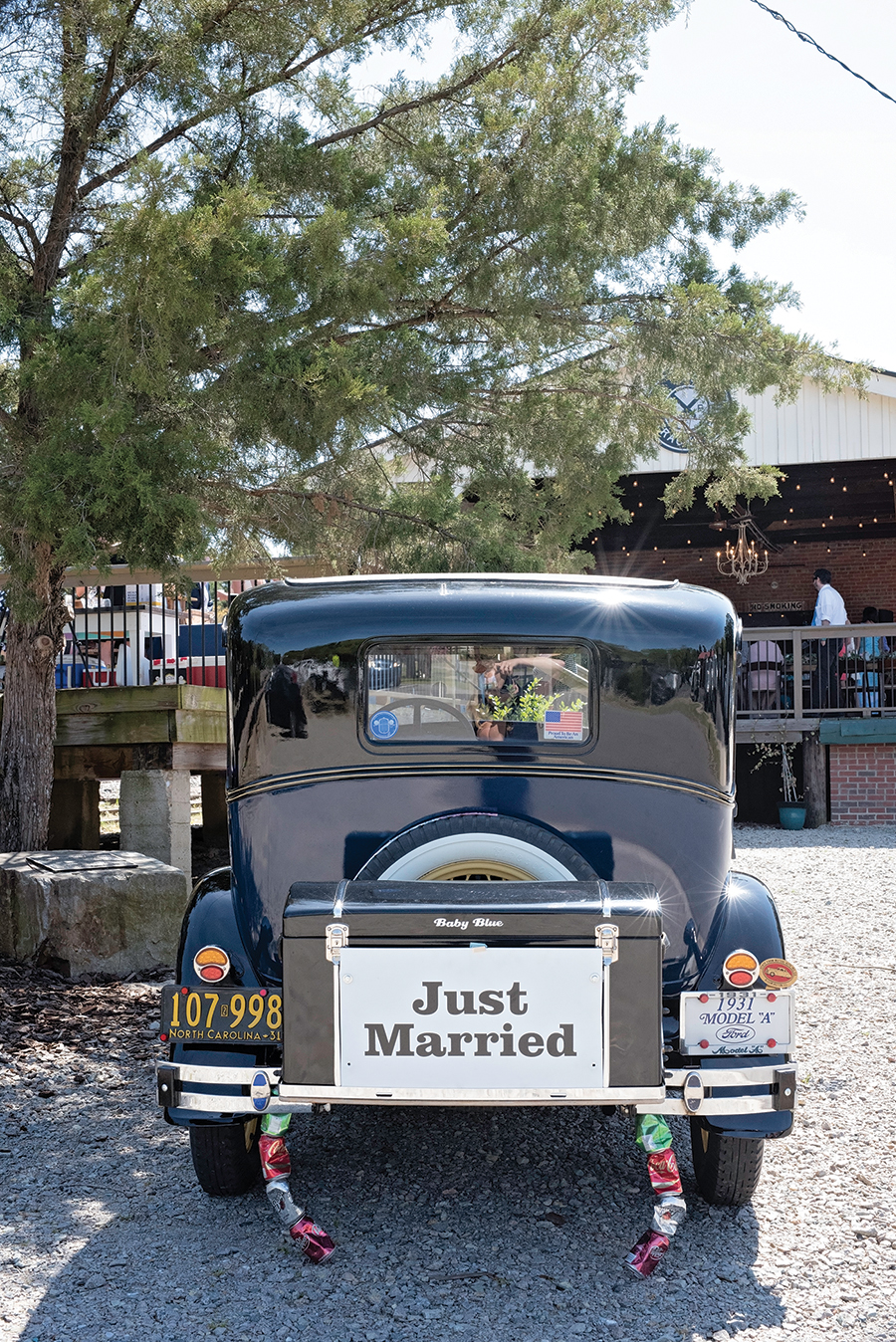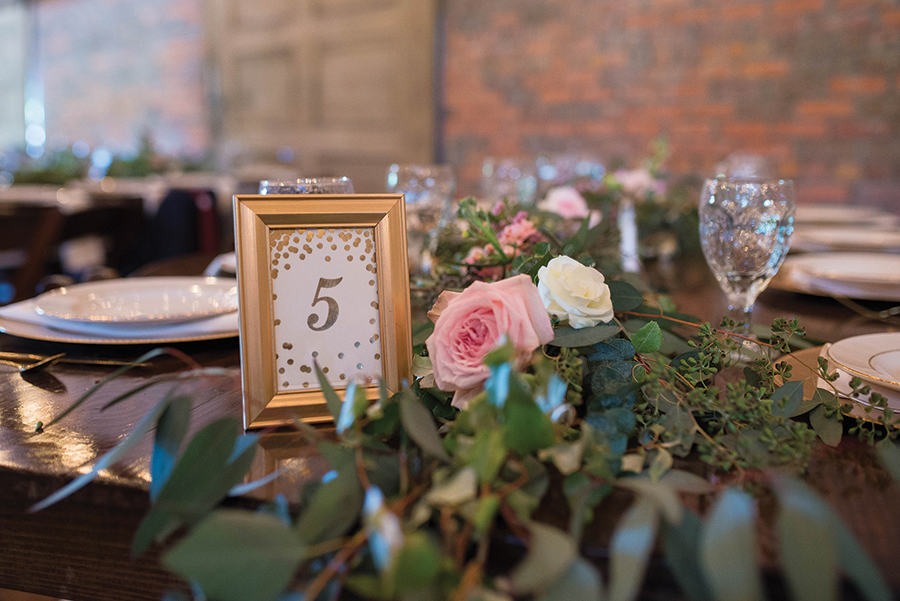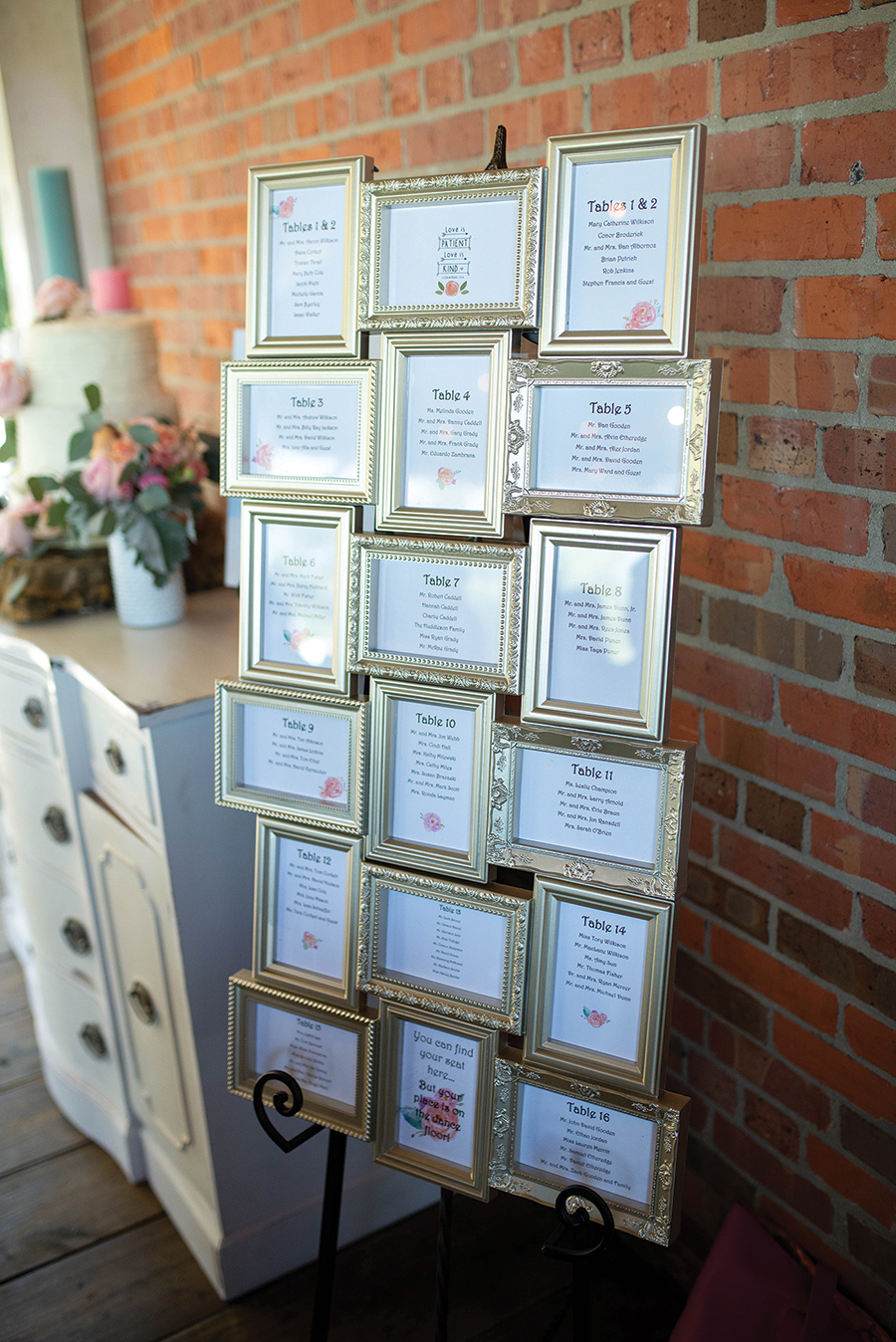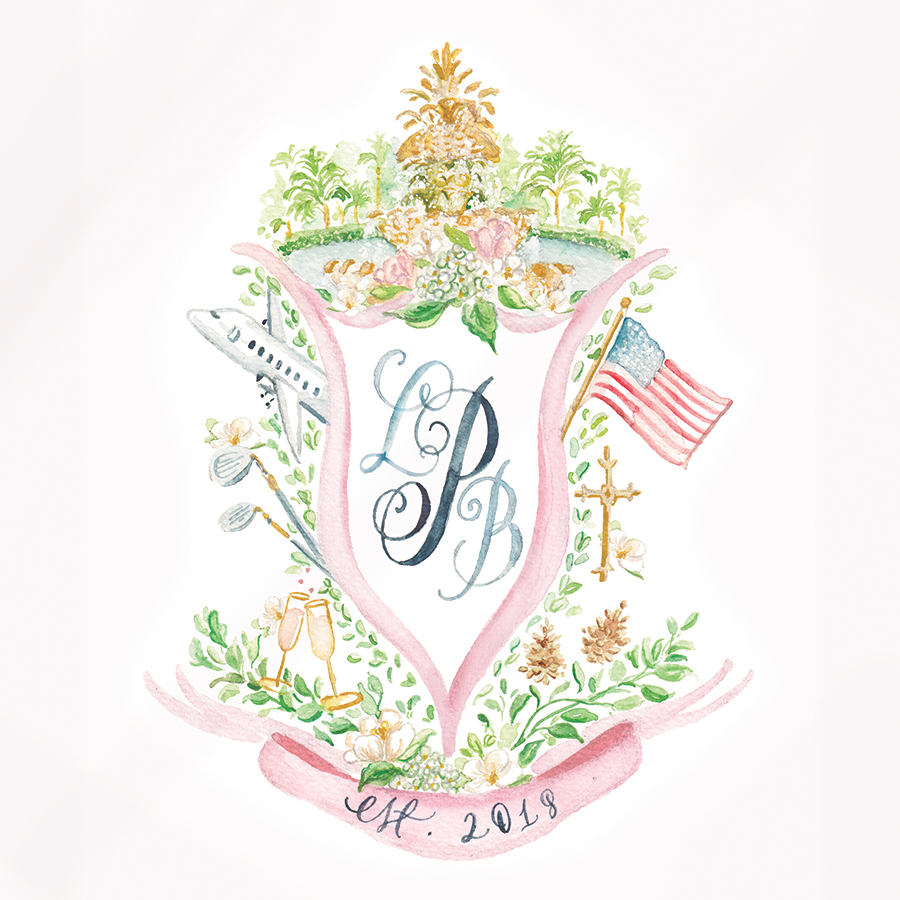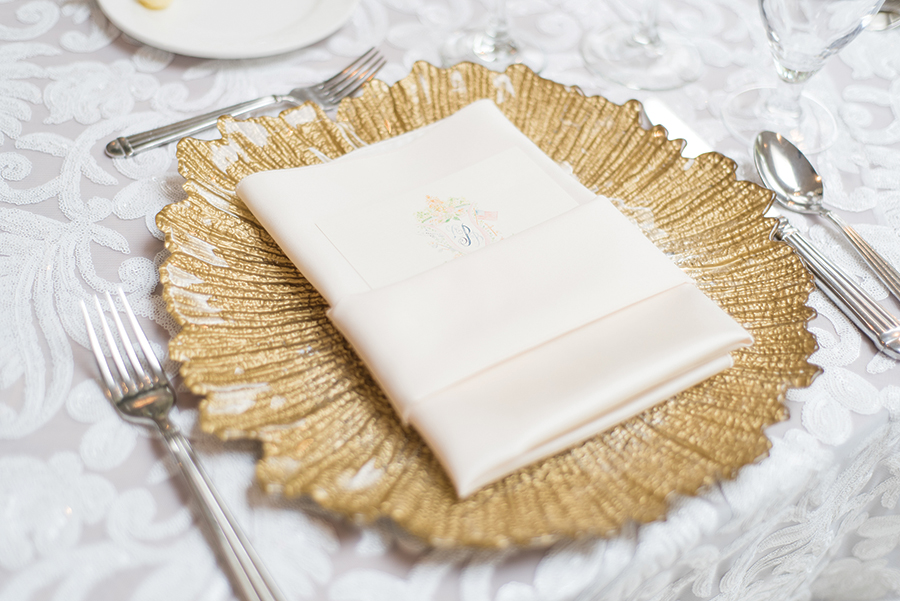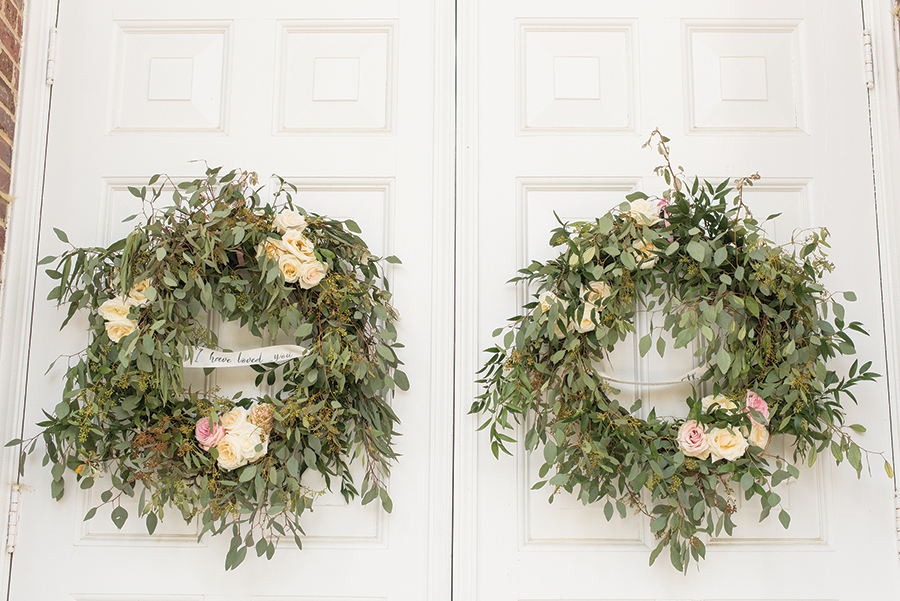FICTION
Overkill, by Ted Bell
In Bell’s newest Alex Hawke thriller, while on a ski vacation in the Swiss Alps, Hawke’s son, Alexei, is kidnapped in the confusion following the crash of a burning tram. To save his son Hawke enlists the aid of his trusted colleagues. Meanwhile, Russian President Vladimir Putin has narrowly escaped a coup and fled to Falcon’s Lair, a former Alpine complex built by the Nazis, where he can plan his path back to power. Hawke must find out who took his son and why and, in the process, defeat Putin’s scheme for a triumphant return.
Southernmost, by Silas House
When a flood washes away much of a small community along the Cumberland River in Tennessee, Asher Sharp, an evangelical preacher there, starts to see his life anew. Unable to embrace his estranged brother’s coming out, Sharp tries to offer shelter to two gay men in the aftermath of the flood. He’s met with resistance by his wife and his church. He loses his job, his wife, and custody of his son, Justin, whom he decides to kidnap and take to Key West, where he suspects that his brother is now living. The emotions are heartfelt and the love is fierce in this thought-provoking novel.
Tin Man, by Sarah Winman
In a spectacularly gorgeous novel, a copy of a Van Gogh sunflower painting won in a raffle impacts the trajectory of the lives it touches, infusing hope, possibility, and color. Told in two parts, this insightful story explores the solace, friendship and deep love that follow two boys as they grow to men in Oxford, England. The beauty, tenderness and rich, warm prose in Winman’s latest work will not leave you untouched.
Our Kind of Cruelty, by Araminta Hall
In a twisted psychological thriller that will have you cringing, laughing, and gasping in horror, Mike is building the perfect life for Verity and himself. He would do anything to make her happy. The only hitch is that Verity is marrying someone else. But that doesn’t stop Mike — surely she’s just trying to teach him a lesson, trying to get him to make a grand gesture and bring her back to him. Spending 300 pages inside the mind of Mike Hayes is an adventure you won’t soon forget.
My Ex-Life, by Stephen McCauley
When his young lover leaves him for an older and more successful man, and his ex-wife’s daughter contacts him for help with a sticky situation, David Fiske finds himself leaving his (soon to be sold) San Francisco apartment, temporarily moving in with his ex-wife, Julie, and unwittingly becoming the No. 1 light bulb changer in Julie’s Airbnb. The perfect book for the beach or the book club, My Ex-Life will make you laugh while you’re shaking your head.
Warlight, by Michael Ondaatje
When their parents go to Asia after World War II, Michael and his sister, both teenagers, are left in the care of a stranger, The Moth. Or so they thought. It will be years before they discover what their mother really intended. In the meantime, they are going to school by day and mingling with The Moth and his unusual friends by night. A great coming of age story.
Love and Ruin, by Paula McLain
History tells us that Martha Gellhorn was more than a typical woman of her time and more than Ernest Hemingway’s third wife. Filled with a sense of adventure and wanderlust, she was a daring war correspondent and a gifted author in her own right. McClain captures the turbulent mood as the seeds of war are being sown in this absorbing novel written by the acclaimed author of The Paris Wife.
NONFICTION
The Soul of America: The Battle for Our Better Angels,
by Jon Meacham
The Pulitzer Prize winner and New York Times best-selling author of American Lion, Franklin and Winston and Thomas Jefferson: The Art of Power helps us to understand the present moment in American politics by looking back at critical times in our history when hope overcame division and fear. Tom Brokaw calls it “a historically rich and gracefully written account of America’s long struggle with division in our immigrant nation and the heroic efforts to heal the wounds.”
Margaritaville: The Cookbook: Relaxed Recipes for a Taste of Paradise, by Carlo Sernaglia, Julia Turshen and Jimmy Buffett
Chef Carlo Sernaglia, Margaritaville’s concept chef, combines his worldly work in the kitchen with the James Beard award-winning cookbook writer, Julia Turshen, co-author of Gwyneth Paltrow’s game-changing recipe book It’s All Good. Buffett writes the forward and, no doubt, these recipes will be a bit of paradise.
Robin, by Dave Itzkoff
Everyone is raving about this biography of the late comedian and actor Robin Williams. Interviews with friends and family combined with Itzkoff’s insightful analysis create a full portrait of Williams, the man and the myths surrounding him. Meticulously researched, this page-turning read comes from the culture reporter for The New York Times, whose work also appears in Vanity Fair, Maxim, Details, GQ, Wired and Spin.
Calypso, by David Sedaris
A true joy to read, Sedaris’ thoughts leap off the page. His essays reflect on family, marriage, sisters, his aging father and his deceased sister and mother. Most of the remembrances take place at the newly purchased family beach house on the North Carolina coast. Funny and truthful, Sedaris delivers a wonderful collection.
CHILDREN’S BOOKS
A Truck Full of Ducks, by Ross Burach
When you call for a truck full of ducks, fun and frivolity are delivered ASAP. This hilarious book is perfect for story time or any time a little one needs a big laugh. (Ages 2-5.)
Alma and How She Got Her Name, by Juana Martinez-Neal
Alma Sophia Esperanza José Pura Candela is a little girl with a big name and an even bigger story to tell. This super cute read-aloud is a great introduction to family history or just a lovely way to dive into the deep stories behind everyday things — like a child’s name! (Ages 3-6.)
Ten Horse Farm, by Robert Sabuda
The pop-up book master’s newest creation is sure to delight horse lovers of all ages. Pop-up spreads of horses grazing, prancing, pulling and galloping leap off the page, stunning scene after stunning scene, in this creation inspired by historic horse activities and the author’s own horse farm turned artist’s studio in upstate New York. (Ages 8-adult.)
The Miscalculations of Lightning Girl, by Stacy McAnulty
Being a genius is hard, hard, hard. Lucy Callahan doesn’t even remember the bolt of lightning that made her a math prodigy, but she does remember that on her first day of school (seventh grade, even though she already has her GED!) Lucy’s grandma made her promise to make one friend, join one activity and read one book that is not a math book. What Lucy expects to find is a school full of inferiors. What she actually discovers is a great friend, a talented boy with a camera, and a dog that desperately needs the help of all of them. Sweet enough to be a summer read and powerful enough to be a strong Newbery contender, The Miscalculations of Lightning Girl is an absolute must read for anyone heading into middle school . . . even if they are a genius. (Ages 10-14.)
For Every One, by Jason Reynolds
In this letter to himself, the ever amazing Jason Reynolds encourages anyone who has ever had a dream, a goal, a mission or who has burned with passion for an idea, to not let the “legs of passion turn to soot.” Originally performed at the Kennedy Center for the unveiling of the Martin Luther King Jr. Memorial and later as a tribute to Walter Dean Myers, this stirring and inspirational poem is the absolute perfect gift for graduates, those starting new jobs or anyone pondering a life change. Reynolds encourages dreamers to push away the noise of the world, to dream, to go, and to never look back. (Ages 12-adult.) PS
Compiled by Kimberly Daniels Taws and Angie Tally.

